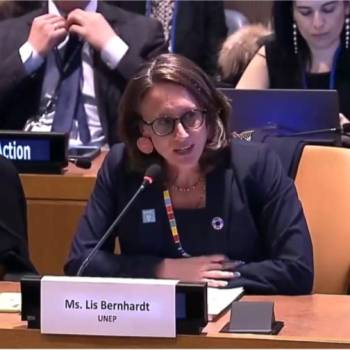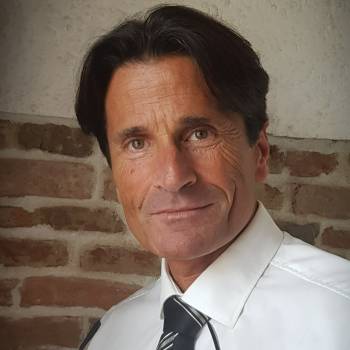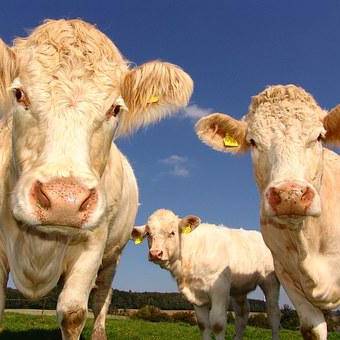
- Flights are huge sources of emissions, but airlines could cut their carbon footprints by transitioning to sustainable aviation fuel (SAF).
- SAF is a type of biofuel, meaning it is made from plant or animal materials rather than fossil fuels.
- It can cut greenhouse gas emissions by up to 80% compared with traditional jet fuels.
A single long-haul flight can create more carbon emissions in a few hours than the average person in 56 different countries will generate in an entire year. So is it possible for aviation to ever become compatible with a net-zero world?
One of the ways airlines could cut their emissions is by transitioning away from using petroleum-based fuels to using a low-carbon alternative known as sustainable aviation fuel (SAF).
The UK government has recently said it wants to boost production and use of SAF by introducing a rule that at least 10% of aircraft fuel is made using sustainable materials by 2030.
But what exactly goes into sustainable aviation fuel, and why isn’t it being used more widely?
What is sustainable aviation fuel?
Airlines that are members of the International Air Transport Association (IATA) have committed to achieving net-zero carbon emissions from their operations by 2050. They say SAF could help them cut their emissions by 65%.
The reason SAF could do this is that it is a type of biofuel, meaning it is made from plant or animal materials, rather than fossil fuels. BP makes SAF using cooking oil and animal waste fat. Other options include using agricultural and forestry waste, or municipal waste.
However, SAF still has to be blended with traditional aviation fuel, which is made from fossil fuels. Current rules state that SAF can make up a maximum of 50% of the mixture, but there are hopes that airlines will be able to use 100% SAF by 2030.
A key focus for the industry is ensuring that SAF can be used as a “drop-in” replacement for conventional jet fuel. This means that aircraft engines do not have to be modified to use it.
How much can SAF cut emissions?
There are strict sustainability criteria around SAF. To qualify as sustainable, it must cut greenhouse gas emissions by at least 50% compared with today’s oil-based jet fuels.
But research shows it can achieve much more than this, reaching cuts of up to 80% compared with traditional jet fuels.
And the next generation of sustainable aviation fuels could manage CO2 reductions of 85-95%. They would be made from biomass – which includes algae, crop residues, animal waste and forestry residue – and everyday rubbish, such as product packaging and food leftovers.
In the case of SAF made with biomass, the carbon dioxide these plants absorb during their growth phase is roughly equivalent to the amount produced when the fuel is used, according to IATA. This would make the SAF carbon neutral, but there are some emissions released during the SAF production process because of the energy needed to transport raw materials and refine the fuel.
Why isn’t SAF being used more?
Bio-based fuels make up around 0.1% of total aviation fuel consumption. So why aren’t they being used more widely?
Obstacles include the high costs associated with new technologies and production methods, the European Parliament says. “There’s no sustainable aviation fuel that is cost competitive yet with traditional jet fuel,” United Airlines CEO Scott Kirby told the Financial Times.
Overall, European aviation faces a bill of more than €440 billion ($485 billion) to transition to using clean fuels, according to industry estimates.
A scarcity of waste-based feedstock is another hurdle, the European Parliament says. This is why a broader range of feedstocks is needed for use in the production of SAF, according to non-profit organization the Environmental and Energy Study Institute (EESI).
Another issue to tackle with SAF is its lower energy density than traditional jet fuel. This means that 1 litre of jet fuel contains more energy than 1 litre of SAF, so you could fly a plane much further using jet fuel than using the same amount of SAF.
Planes would therefore need to carry high volumes of SAF to make long-haul flights – such high volumes that it could become impractical.
Governments need to craft policy that can help encourage the scale-up of SAF production, while helping lower the cost, the European Parliament says. Providing companies with certainty around long-term policies can reduce investment risks, which will in turn help foster research, development and commercialization of production technologies and innovative feedstocks, BP says.
The World Economic Forum’s Clean Skies for Tomorrow Coalition brings together aviation industry leaders and government ministers to help develop interventions and frameworks that can make SAF more economically viable.
Sources :
Ian Shine - Senior Writer, Forum Agenda
- World Economic Forum
Posted on 2023-10-12 17:40








Comments